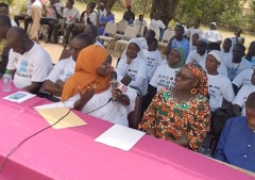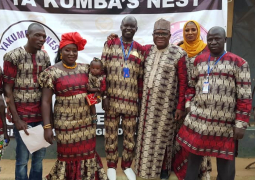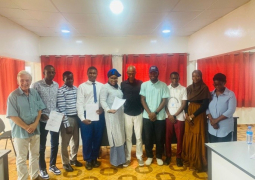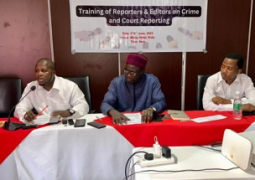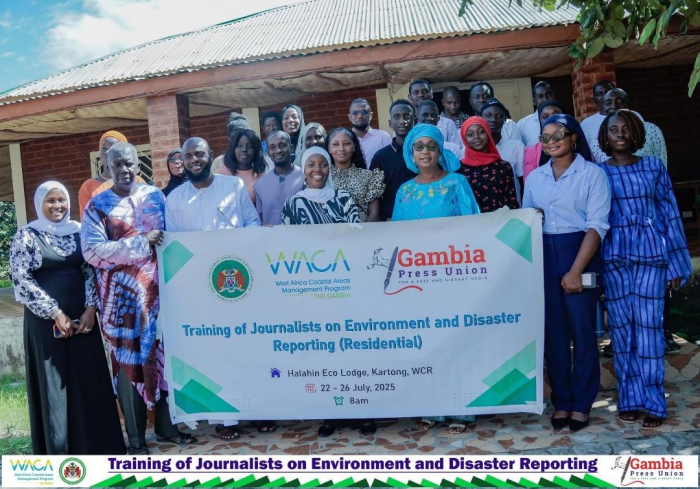
The event, held at Halahin Eco Lodge in Kartong, Kombo South, was aimed at equipping journalists with the tools to deliver accurate, impactful, and in-depth stories on climate change, coastal erosion, floods, and waste management.
Funded by a $45 million World Bank grant, the WACA Gambia Project is a five-year initiative (2023–2027) spearheaded by the Ministry of Environment, Climate Change and Natural Resources (MECCNAR), targeting over 200,000 people living along the 11.2km Kotu Stream.
At the event, Isatou Keita, president of The Gambia Press Union, acknowledged the role of the media in shaping public understanding and sparking action.
“Journalists must be equipped to report these issues with clarity, accuracy, and urgency,” she said.
As part of the initiative, participants will receive mentorship and grants to produce in-depth stories around WACA intervention areas.
Representing the Minister for Environment, MECCNAR Principal Planner, Ebrima Colley observed that accurate reporting can save lives during disasters.
Haruna Cham, an official at WACA Project, recalled the devastating 2022 floods as a wake-up call, pointing out that the project helped support the formulation of The Gambia’s first National Disaster Risk Management Policy, and is promoting a blend of infrastructure development and nature-based solutions to improve community resilience.
Aisha Davies-Ann, director at the Ministry of Information, who also spoke on behalf of the Minister for Information, acknowledged the role of an informed and proactive media especially at a time when environmental disasters are becoming more frequent and the effects of climate change are intensifying."
"It is crucial to recognize that this training will empower journalists to comprehend the complexities of environmental issues, thus move beyond surface-level reporting as they will be equipped with the necessary skills to understand, analyze, and communicate these intricate issues effectively." she said.
The project, she observed, also includes major flood risk reduction efforts like bridge and drainage upgrades, river cleanups, and green urban planning to boost livability, health, and economic development in coastal areas.


